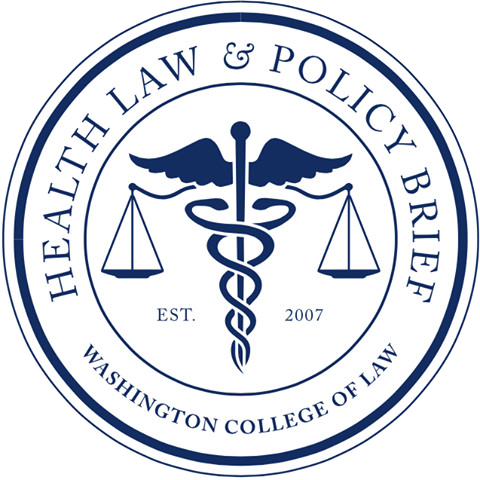Between 1970 and 2019, the number of local hospitals that consolidated into a larger healthcare system increased from 10% to 67%. The healthcare industry is slowly monopolizing. Some believe that this merger-centric healthcare economy is good for patients, especially those in rural communities, where mergers are especially prevalent. One particular characteristic of rural acquisitions stands out: the healthcare organizations involved in these mergers come from out-of-market. A recent study found that 17% of rural hospitals merged with healthcare organizations outside of the local geographic market. These out-of-market mergers increase large healthcare corporations’ market share, lowering the amount of potential competition, and further monopolizing the landscape. Supporters of both in-market and out-of-market mergers argue that they play a vital role in preserving rural communities’ access to care. Small and financially vulnerable hospitals in rural areas may seek out a merger with a large healthcare organization to improve their financial outcomes or to increase the quality of their services to patients.
While supporters insist that mergers are a logical solution to getting patients better access to specialty care, skeptics worry about the downsides. Primarily, these mergers often shift the costs of care to the patients. One study found that after examining 366 mergers and acquisitions of hospitals occurring between 2007 and 2011, prices for patients increased by over 6%. Adding insult to injury, the same study found that prices at hospitals with a monopoly of patients were on average 12% higher than those in markets with four or more competing care centers.
How should we address the financial burden patients endure from hospital mergers? Well, this is where we look to anti-trust oversight and enforcement procedures. Anti-trust laws exist to protect consumers by preventing monopolies and encouraging competition to drive efficiency, improve quality, and lower prices for the everyday American. Three primary cornerstone federal antitrust laws collectively govern the regulation of competition: the Sherman Antitrust Act of 1890, the Clayton Antitrust Act of 1914, and the Federal Trade Commission Act of 1914. Additionally, most states possess parallel statutes that provide antitrust enforcement procedures within their jurisdiction. To address antitrust-related activities that occur in out-of-market merger scenarios, Congress has passed the Hart-Scott-Rodino Antitrust Improvement Act, which mandates that notice be sent to the Federal Trade Commission when a transaction exceeds $101 million. This threshold is concerning when looking through the lens of hospital mergers, where acquisitions rarely exceed the threshold for reporting. Today, eleven states lack processes for tracking and/or challenging healthcare provider transactions that go beyond the aforementioned federal antitrust laws. In contrast, only four states require notice of all transactions between healthcare entities.
State legislatures have a few options to remedy this issue, though one is particularly compelling: state policymakers can develop state statutes that prohibit anti-competitive clauses in health merger and acquisition contracts, thus preventing providers from using their enormous market power to strongarm patients into paying more. By taking this step, legislators can protect their states from mass consolidation of their healthcare markets and protect their constituent’s access to affordable healthcare.
